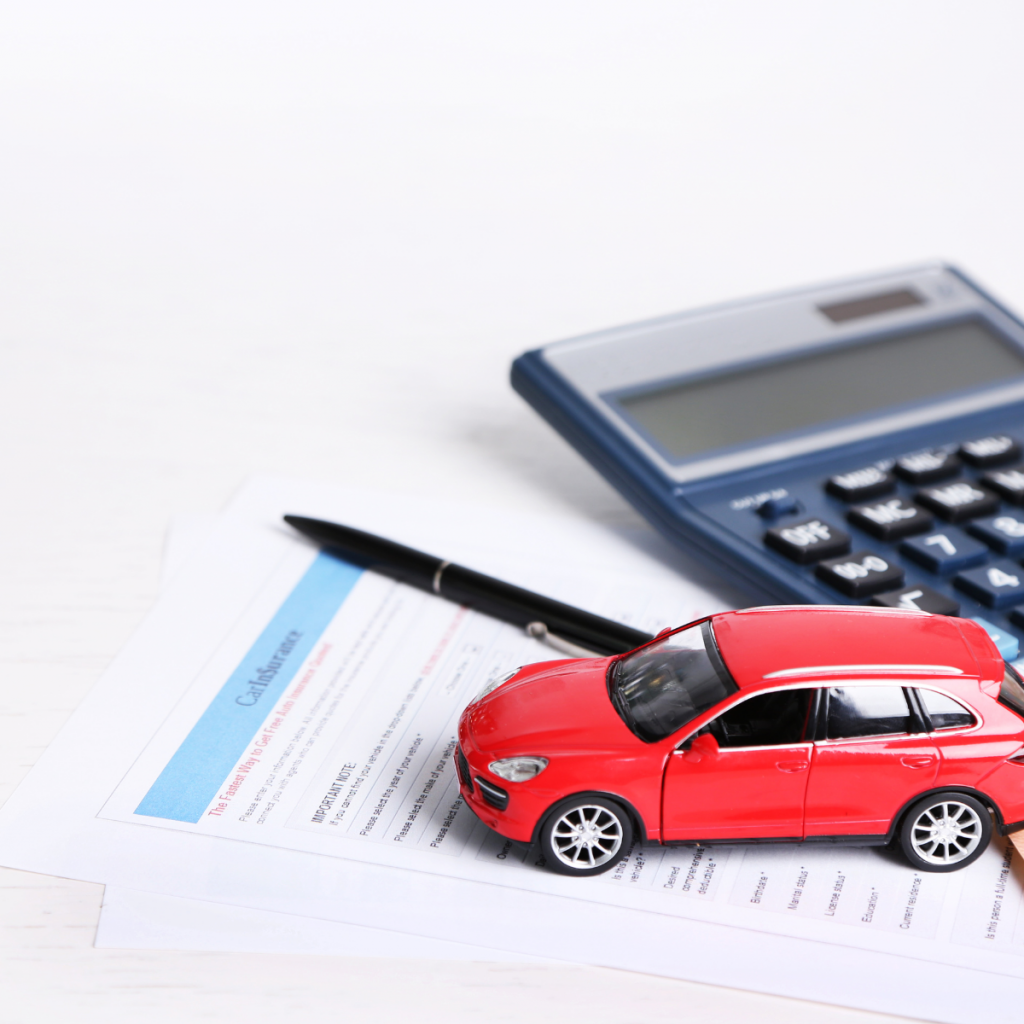Buying car insurance for the first time can seem like a daunting task, especially with so many options and terms to understand. As a first-time buyer, you might be overwhelmed with the variety of coverage types, policy conditions, and providers available. However, securing the right car insurance is crucial for both your financial protection and legal compliance. In this guide, we will provide essential tips to help you navigate the process of purchasing car insurance. Whether you’re looking for the best price or the most comprehensive coverage, these tips will ensure you make an informed decision and select a policy that suits your needs and budget.
Understand the Types of Car Insurance Coverage
Before you start looking for car insurance, it’s essential to understand the different types of coverage available. Car insurance policies typically offer several coverage options, each designed to protect you and your vehicle in various situations. Knowing what each coverage type includes will help you decide what you need.

Liability Coverage
Liability coverage is the most basic form of car insurance and is required by law in most states. It covers the costs of injuries or damages that you cause to others in an accident. This coverage typically includes two components: bodily injury liability and property damage liability.
Bodily injury liability covers medical expenses and lost wages for people injured in the accident you caused. Property damage liability covers the cost of repairing or replacing the other driver’s vehicle or property that you damage.
Collision Coverage
Collision coverage helps pay for repairs or replacement of your own vehicle if it’s damaged in an accident, regardless of who is at fault. This type of coverage is optional unless you have a car loan or lease, in which case it may be required by your lender or leasing company.
Comprehensive Coverage
Comprehensive coverage protects you from non-collision-related incidents, such as theft, vandalism, natural disasters, and animal collisions. It also covers damage caused by falling objects, such as tree branches. If your vehicle is severely damaged or totaled, this coverage can help cover the cost of repairs or replacement.
Uninsured/Underinsured Motorist Coverage
This type of coverage protects you if you’re in an accident caused by a driver who has little to no insurance. It also covers your medical expenses and damages if the other driver’s insurance coverage is insufficient to cover the costs.
Medical Payments Coverage
Medical payments (MedPay) coverage helps pay for medical bills for you and your passengers, regardless of who is at fault. It can be used to cover hospital visits, surgery, or other medical expenses resulting from an accident.
Compare Quotes from Different Providers
When shopping for car insurance, it’s essential to compare quotes from multiple providers to ensure you’re getting the best coverage at the most affordable price. Different insurance companies offer different rates based on factors such as your driving history, the make and model of your vehicle, and the level of coverage you choose.
Many insurance companies offer online quote tools that allow you to quickly compare rates without the need for an agent. Take advantage of these tools to compare prices and coverage options. Be sure to compare policies with similar coverage limits and deductibles for an accurate comparison.
Additionally, consider using comparison websites that aggregate quotes from several insurers in one place. These sites can save you time and effort by showing you multiple quotes side by side. However, make sure to review the policy details to ensure you’re comparing apples to apples.
Evaluate Your Coverage Needs
As a first-time car insurance buyer, it’s crucial to evaluate your personal needs before purchasing a policy. Think about factors such as your budget, driving habits, and the value of your car. For example, if you drive a newer or high-value vehicle, you may want to consider comprehensive and collision coverage to protect your investment. On the other hand, if you drive an older car, you might choose to forgo comprehensive coverage and save money on your premium.
Also, consider how much risk you’re willing to take when it comes to deductibles. A higher deductible generally results in a lower premium, but it means you’ll pay more out of pocket if you need to file a claim. Choose a deductible that aligns with your financial situation and comfort level.
Look for Discounts
Insurance companies offer various discounts that can help reduce your premium. As a first-time buyer, it’s important to inquire about all available discounts before committing to a policy. Common discounts include:
Multi-policy Discount
Many insurance companies offer discounts if you bundle multiple policies with them, such as car insurance and homeowners insurance. If you already have other types of insurance, ask about bundling options.
Safe Driver Discount
If you have a clean driving record, you may qualify for a safe driver discount. Some insurance providers offer lower rates to drivers who have not been involved in accidents or received traffic violations.
Student Discount
Full-time students with good grades may be eligible for a student discount. Insurance companies often reward responsible young drivers with lower premiums.
Low Mileage Discount
If you don’t drive frequently, you may qualify for a low mileage discount. Insurance companies may offer lower rates to drivers who drive less than a certain number of miles per year.
Vehicle Safety Features Discount
Cars equipped with advanced safety features, such as anti-lock brakes, airbags, and anti-theft devices, may qualify for discounts. These features reduce the likelihood of an accident or theft, which can lower your premium.
Understand Your State’s Minimum Insurance Requirements
Each state has minimum insurance requirements for car owners, and it’s important to make sure that your policy meets these requirements. These minimums typically include liability coverage for bodily injury and property damage, but the exact amounts vary by state. Failure to meet your state’s minimum requirements can result in penalties, fines, and even a suspended license.
Check with your state’s Department of Motor Vehicles (DMV) or insurance regulatory agency to find out the required coverage limits in your area. Keep in mind that while meeting the minimum requirements may be sufficient to comply with the law, it may not provide the best protection for your vehicle and assets. Consider purchasing higher coverage limits for added peace of mind.
Read the Fine Print
Before you sign a car insurance policy, make sure you thoroughly read the fine print. Insurance contracts can be complex, and it’s crucial to understand what is and isn’t covered under your policy. Pay close attention to exclusions, deductibles, and limits of coverage.
If you don’t understand any part of the policy, ask the insurance provider to clarify. It’s better to ask questions upfront than to be surprised later when you need to file a claim.
Consider Customer Service and Claims Handling
When choosing an insurance provider, consider more than just the price. The quality of customer service and the ease of the claims process are also essential factors. Look for an insurance company with a reputation for responsive customer service and efficient claims handling.
Check online reviews, ratings, and recommendations from family and friends to get a sense of how the company treats its customers. A good insurance provider should be easy to reach, helpful, and willing to guide you through the claims process if you ever need to file one.
Keep Your Car Insurance Updated
Once you purchase car insurance, it’s important to keep your policy updated. Life circumstances and your driving situation can change over time, and these changes may impact your insurance needs. For example, if you move to a new state or purchase a new car, you may need to update your policy to reflect those changes.

Regularly reviewing your policy can also help you identify opportunities to adjust your coverage or take advantage of discounts. For example, if your car is no longer under a lease or loan, you might choose to drop comprehensive and collision coverage, which can lower your premium.
Conclusion
Buying car insurance for the first time can feel overwhelming, but with the right approach, you can find a policy that offers the coverage you need at an affordable price. Start by understanding the types of coverage available, comparing quotes from different providers, and evaluating your personal insurance needs. Look for discounts that can lower your premium, and make sure your policy meets your state’s minimum requirements. By following these tips, you’ll be well on your way to securing the best car insurance policy for your needs and driving with confidence.

Leave a Reply